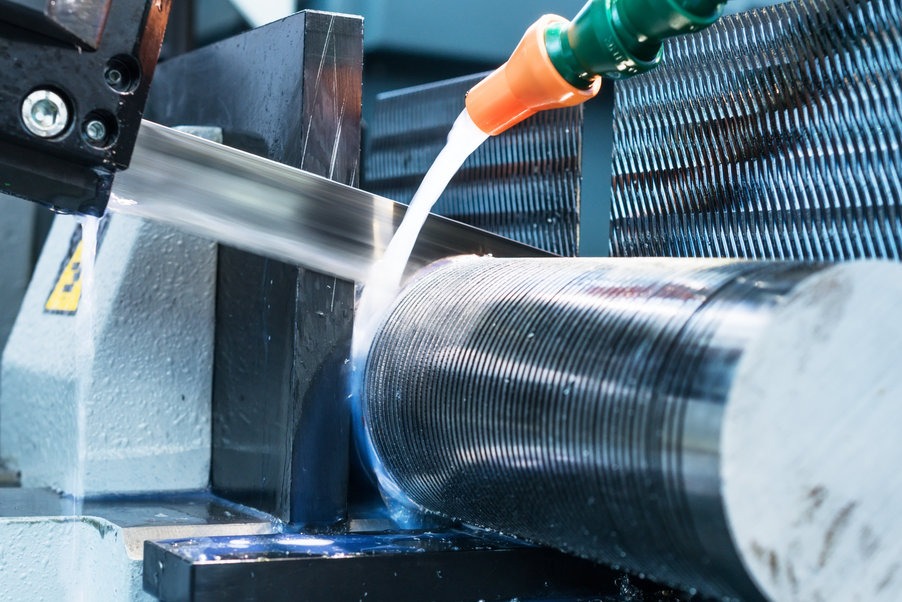BANDSAW BLADES PROBLEMS AND THEIR TROUBLESHOOTING

WHAT IS THE DIFFERENCE BETWEEN HM AND HSS CIRCULAR SAW BLADES?
April 18, 2022
FACTORS THAT AFFECT THE COST OF CUTTING
April 24, 2022Our experts recognize that a bandsaw machine and bandsaw blade need to be properly matched to achieve peak performance. The majority of band sawing difficulty is caused by misapplication due to incorrect feed, speed, cutting fluid ratio, tooth selection and machine repair. It is important for saw blade users to continually train their operators and seek the latest in sawing technical data and utilize preventive maintenance to ensure a cost effective cutting application.
In this article, we try to explain common bandsaw blades problems which may occur, and their possible troubleshooting solutions.
Blade Breakage
This can be caused by many different things such as incorrect blade tension, incorrect blade, excessive feed, wheel diameter that is too small for the blade being used, or the blade rubbing on the wheel flanges.
You need to always ensure you have proper tension on your blade before you begin your project. Most saws have a gauge. However, most gauges are inaccurate. The best way to check the tension is to tighten the blade and then pluck it like a guitar string. It should produce a clear tone rather than a dull thud.
Reduce the feed pressure, use a thinner blade and set the saw to a lower setting, check the wheel alignment and ensure the diameter is correct. This should take care of any breakage issues you were having.

Stripping Teeth
This can be caused by the feed pressure being too high, a new blade that has not been broke in, running the blade backwards, or running into a hard spot in the material you are cutting.
Lower the feed pressure until you can no longer hear the noise being made by the blade. If you have a new blade, you absolutely must break it in before using. To do so run the saw at half speed with a low feed setting. Cut at least 50 square inches of material before resuming regular speed and feed. Check your blade and ensure that you have not placed it on inside out. If you have, reverse it. Finally, always check the material you are cutting for hard spots prior to starting your project. If you run across hard spots, descale or anneal them first.

Rough Cut
This can be caused by a dull or damaged blade, insufficient band tension, or an incorrect feed or speed. Refer to the above section to ensure you have proper tension on your blade. If the blade is dull, you can use a sharpening stone and spruce it up a bit. However, if the blade is damaged, there is nothing you can do but replace it. To fix the feed and/or speed, adjust until the noise caused from cutting is quieted.Inaccurate Cut
This can be caused from using a dull or damaged blade, incorrect blade for the material being cut, or from worn or loose guides.If the blade is dull, you can sharpen it. If the blade is damaged, it will need to be replaced. Always make sure that the blade you are using has the least number of teeth per inch that the job calls for. Finally, check the guides. If they are worn, it could be time to replace then. If they are merely loose, tighten those bad boys up and you should be good to go.



